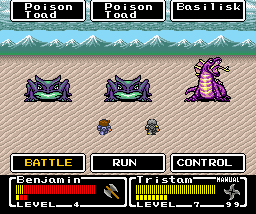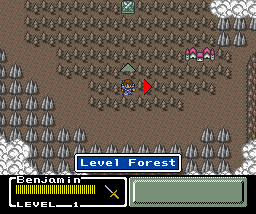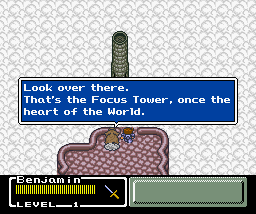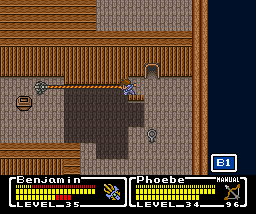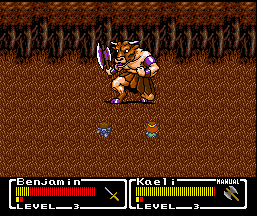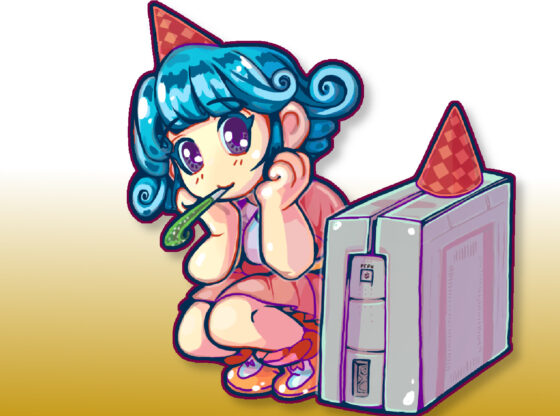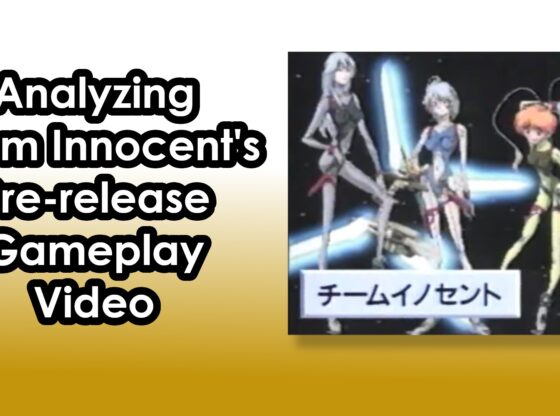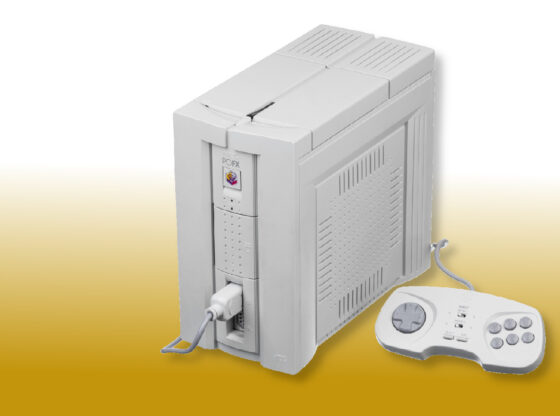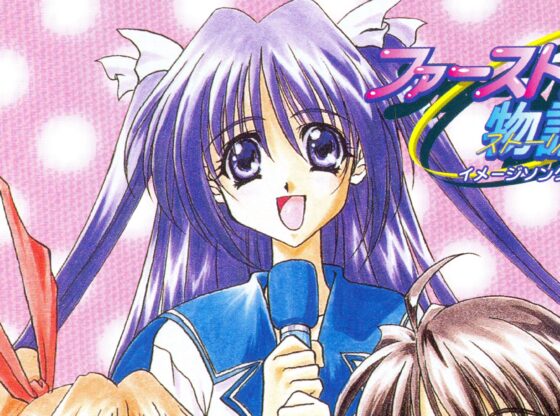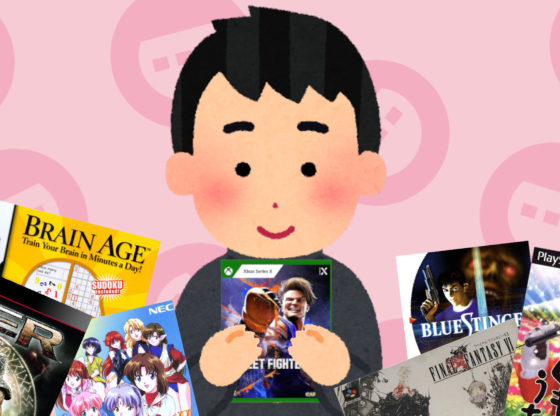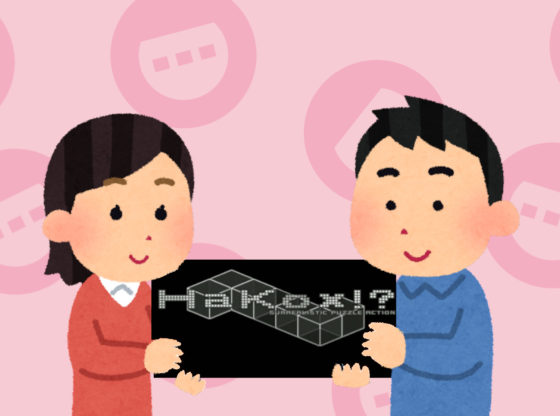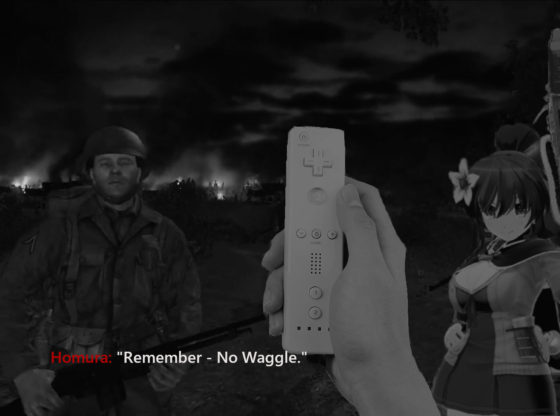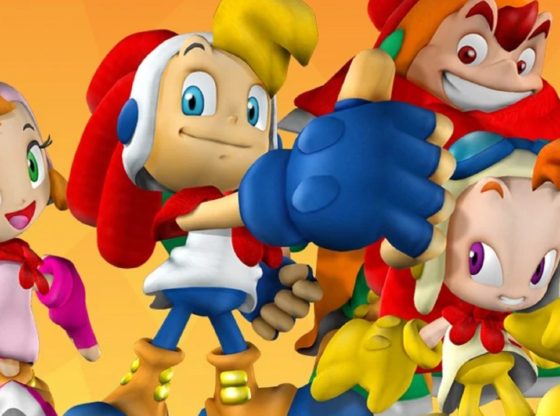Final Fantasy: Mystic Quest! Depending on who you are, this is either a classic, or a disappointment. Final Fantasy: Mystic Quest was Square’s first attempt to open up the RPG genre to the western market. Unfortunately, the title wasn’t exactly well received across all regions. But looking at the title at face value, it’s actually not that bad.
The Super Nintendo holds some of the greatest titles in gaming history. Included is the Final Fantasy series, which had multiple releases on the platform. While it is debatable which title is the best, it is generally agreed that Final Fantasy IV, V, and VI are all fantastic RPGs with exceptional storylines, characters, gameplay, and universes. While the titles were great, at the time the RPG market was still a fairly niche in North America and Europe. Looking to expand the audience, Square-Enix attempted to create a more western friendly Final Fantasy – resulting in Final Fantasy: Mystic Quest. Or if you’re in PAL regions, Mystic Quest Legends
Gameplay
Final Fantasy: Mystic Quest keeps the same standard turn-based battle system as the NES Final Fantasy titles. However, it has been simplified to accommodate new entry-level players. The party is limited to two characters, one of which can even be set to auto-attack. The main focus of the battle system is finding enemies’ weak points to quickly down a foe. This is even more simplified by the fact that, when an enemy is hit by its weakness, it clearly states that the enemy is weak to a certain move. Once you find an enemies weakness, often they can be simply killed in a single blow. If for some reason you can’t seem to find a their weakness, no sweat. The battles are generally easy throughout with little to no challenge minus a few annoying moves. And when you and your partner do fall, the checkpoint system is extremely forgiving, essentially starting you right back up in the same battle you just lost. Players even have the ability to save at any point when not engaging in battle.
When you’re not battling, you’re dungeon crawling your way through fairly linear dungeons. When there’s a branching path, it tend to lead to common healing items, ammo for specific weapons, and other junk that isn’t necessary due to the game’s light difficulty. Later dungeons add more variety with mazes and simple puzzles, but still really have one set path through them. Battles can be avoided, as monsters appear on the map itself instead of in random encounters. While some must be defeated to proceed, many of the battles can be completely skipped. Generally, there isn’t much need for grinding. Usually killing anything that gets in the way can even overly prepare players for some of the boss battles. Players also collect tools to solve Zelda-like puzzles in dungeons. Using these tools and Benjamin’s abilities, players will be able to blow up cracked walls, hook-shot posts to cross gaps, jump over obstacles, etc. While the puzzles are fairly repetitious, grinding down to ‘use item A when you see visual B’, they are simple enough to not cause a headache, but add more variety than just running down halls.
The overworld, as with everything else, has been simplified as well. Players travel the overworld on rails, only picking a North, South, East, or West direction for their character to follow. Random encounters do not occur on the world map either, but in place battlefield pads have been added. These pads require players to win ten battles. After they have bested all ten fights, players earn new spells, new equipment, experience points, and gil. The pads are completely optional, but lend themselves well to short bursts of gameplay. Once these pads are clear, they can never be regenerated.
Story
Usually when you try to explain the story of a Final Fantasy game, it comes down to, “It’s a fantasy, I guess a fantasy world, where you have to save the world from being destroyed, pretty much.” But once you start digging deeper into the story, it is actually much more complicated than that. Mystic Quest, on the other hand, pretty much simplifies the story to the point where they essentially tell you “oh, you’re good. Go kill bad things.” Players play as Benjamin, a young boy whose town was destroyed through an earthquake. An old man saves Benjamin and tells him of a prophecy that threatens the world! Benjamin is the only hope for the world and must collect five crystals to save the world! And that’s about it. The plot never deepens or develops aside from a few key plot points to move the player along.
The dialog is short, with conversations rarely lasting longer than four or five text boxes. When there is actually dialog, usually the text is less focused on telling a story and more focused on pointing you in the right direction. Thankfully, the game has a bit of a sense of humor, so the dialog isn’t just a cookie cutter guidance system. The title uses towns folk similarly to other Final Fantasy games, as a way to get extra information on where you are going. But considering the low difficulty and on-rails overworld, they don’t prove very useful.
Presentation
Mystic Quest is a mixed bag in the visual department. The title fails to pull-off what other titles can do on the Super Nintendo. It has simplistic sprites, rough environments, and heavily reused assets. On the flip-side, the title has colorful high contrast visuals. While the player sprites are reused between the fields and battles, enemies have an interesting visual effect to them. While not entirely uncommon in today’s world, the title uses multiple sprites for one enemy, basically showing damaged versions of monsters as you take down their HP. It gives player some insight into how the battle is going, without providing the actual stats.
Mystic Quest’s music is something I’m a bit afraid to touch on. I have little to no nostalgia for Mystic Quest in terms of gameplay. But I remember the music like no other. And if you ask me, the soundtrack to Mystic Quest is fantastic. The only issue with it is its departure from other Final Fantasy titles. The classic theme, the fanfare, and any other series iconic music is absent. But it’s hard to miss it with a soundtrack like Mystic Quest’s. It’s upbeat and has a good bit of variety, with a mix of your standard Final Fantasy style tracks and rock and roll.
Conclusion
If you haven’t noticed yet, “simple” is the keyword that keeps popping up here. If you hold Mystic Quest as high as its SNES siblings, it can’t even scratch them in terms of depth, story telling, and pretty much every other aspect. But the title is supposed to be simple – an entry level RPG. With the RPG genre exploding in the late nineties thanks to titles like Final Fantasy VII, Mystic Quest serves little purpose in today’s world.
But that doesn’t mean it still can’t be enjoyed. Mystic Quest is a light-hearted laid back RPG mixed with some Zelda like puzzle solving. If you’re looking for an RPG that won’t be demanding, requiring you to grind like no other, sit through long cutscenes, or endlessly explore a massive world, there will be a lot for you to like in Mystic Quest. And with the title clocking in at about 10 to 15 hours, you can finish it easily over the weekend or through a busy week.
The title recently hit the Virtual Console, for the price point of 800 Wii Points ($8 USD). If the idea of a simple, laid-back RPG sounds appealing to you, check it out. Otherwise, there are plenty of other great Super Nintendo RPGs on the Virtual Console for the same price.
Score: 8.0
Pros:
- Fantastic soundtrack
- Features Zelda-like dungeons
- Laid back adventure
- Simple and easy to pick-up and beat over a weekend
Cons:
- Repetitive puzzle elements
- Story and dialog a bit too simple for its own good
- Simplistic visuals that hardly push what the Super Nintendo can do
- If compared to other Final Fantasy titles, Mystic Quest doesn’t hold up
Quest doesn’t hold up


